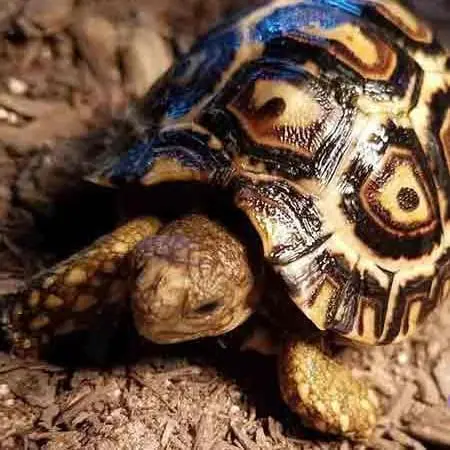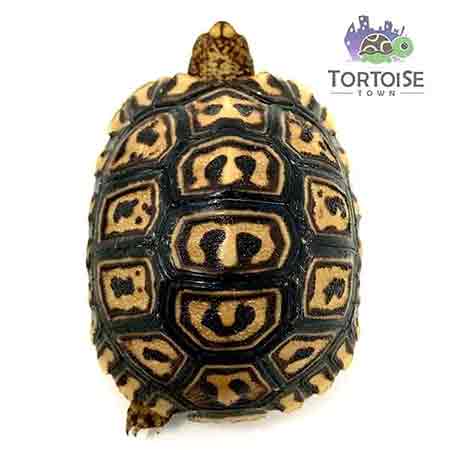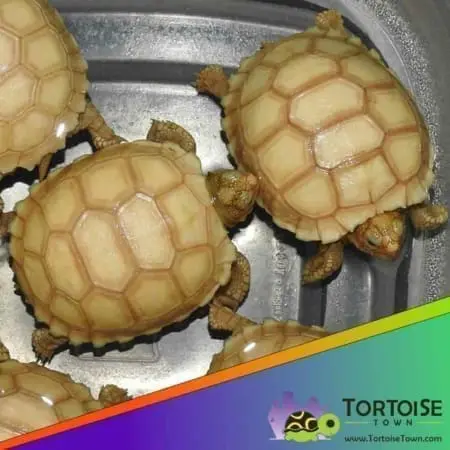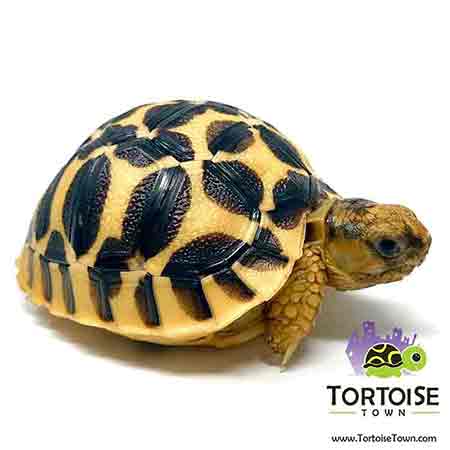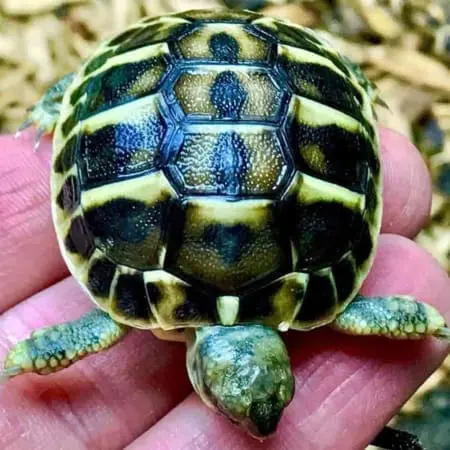Marginated Tortoise Care, Enclosure, Diet & Baby Marginated Tortoises
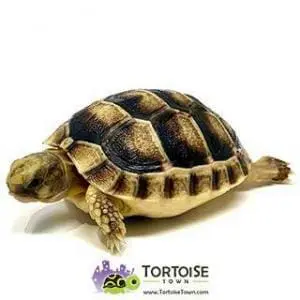
The marginated tortoise is a beautiful Mediterranean species known for its flared rear shell and active behavior. Slightly larger than Greek and Hermann’s tortoises, marginated tortoises still remain much more manageable than giant African species. For keepers who want a bold, attractive tortoise with Mediterranean hardiness, the marginated tortoise is a strong candidate.
Looking for baby tortoises for sale because they focus on captive-bred marginated tortoise babies raised on proper diets and UVB, helping ensure smooth growth and long-term health.

Natural Habitat of Marginated Tortoises
Marginated tortoises are native to mountainous and hilly regions of Greece and surrounding areas, where they inhabit scrublands, rocky hillsides and open forests. They bask in the sun, retreat into shrubs and crevices and graze on a variety of wild plants. Their natural climate includes warm summers and cooler, sometimes damp winters.
Captive enclosures should mimic these conditions with bright basking areas, dry, rocky or soil-based substrates, hides and seasonal temperature variations if your local climate allows.
Marginated Tortoise Size & Behavior
Marginated tortoises tend to grow a bit larger than many other Mediterranean species, with elongated shells and characteristic flared margins at the rear.
- Adult shell length: Often 10–12 inches for larger individuals.
- Personality: Typically active, curious and bold once settled.
- Lifespan: Several decades with consistent care.
Their slightly larger size means they need more space than Greek or Hermann’s tortoises, but they still remain very manageable compared to giants like Sulcatas or Aldabras.
Enclosure Setup
Indoor Housing
Indoors, marginated tortoises do best in large tortoise tables with plenty of floor space and depth for exploring and digging.
- Provide a footprint of at least 4 ft x 2 ft for an adult (bigger is always better).
- Offer a basking spot around 95°F.
- Maintain a cool side in the mid-70s°F.
- Use a dry, diggable substrate like a soil/sand mixture.
- Install high-output UVB lighting and provide hides and visual barriers.
Outdoor Pens
Where climate allows, marginated tortoises thrive outdoors in secure, naturalistic pens. They enjoy roaming, basking on rocks and grazing on edible plants.

Marginated Tortoise Diet
Marginated tortoises are herbivores that do best on high-fiber diets similar to other Mediterranean species.
Staple foods include:
- Dandelion greens and flowers
- Plantain (broadleaf and narrowleaf)
- Clover in moderation
- Endive, escarole and other dark leafy greens
- Safe weeds and occasional grasses
Supplement with plain calcium several times per week and provide strong UVB exposure to support shell and bone development. Avoid fruit and animal protein, which can cause digestive issues and long-term health problems.
Breeding & Hatchling Care
Breeding marginated tortoises involves healthy adults, appropriate seasonal cues and safe nesting areas. Females will dig nests in soft, warm soil and lay clutches of eggs that can be incubated in vermiculite or perlite at stable temperatures.
Hatchlings are small and need nursery enclosures with warm basking spots, gentle temperature gradients, safe hiding places and finely chopped, species-appropriate greens and weeds. Daily warm soaks help maintain hydration and promote proper shell growth.
Where to Buy Marginated Tortoises
As with any reptile, starting with a healthy, captive-bred baby marginated tortoise gives you the highest chance of success. Many new keepers begin by looking for a tortoise for sale and then realize the importance of choosing where to buy tortoise that has been raised correctly from hatching.
By selecting a well-started baby from a reputable tortoise farm, you can focus on building an ideal enclosure and diet for your marginated tortoise rather than troubleshooting preventable health issues.

